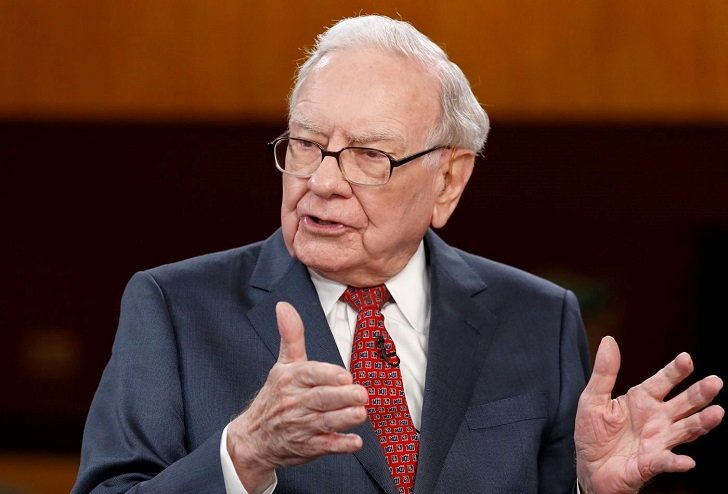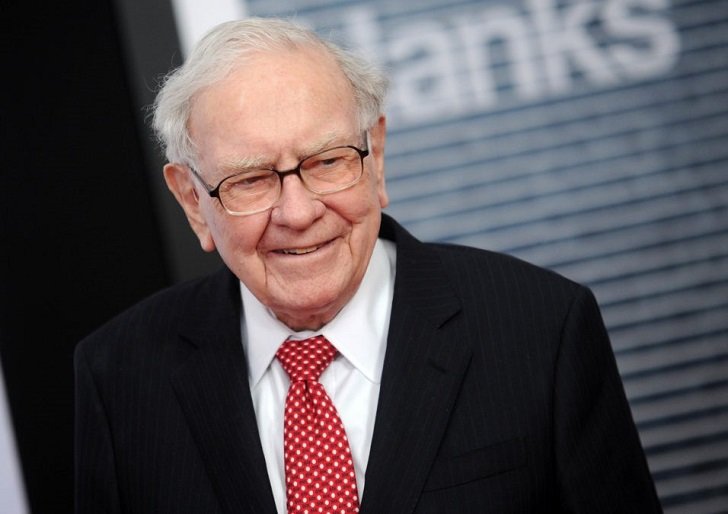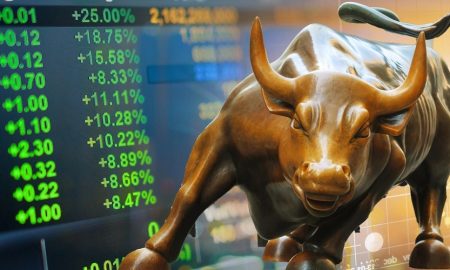
Simple Yet Effective Strategies That Will Help You Invest Like Warren Buffett

There’s no doubt in anyone’s mind that Warren Buffett is the true master when it comes to the stock market. The billionaire is known for his long term approach, buying stock from companies he sees potential in.
In a letter to his shareholders over two decades ago (Buffett is CEO at Berkshire Hathaway), he advised them that if they didn’t care about owning a particular stock in 10 years, then it wasn’t worth owning even for ten minutes.

The master investor
His investment decisions are also not influenced by current events, and neither does a volatile market cause him sleepless nights. He trusts his gut, and since he is the third richest man alive, we must admit that he’s got very good entrepreneurial instincts.
The CEO is also known for going in big as evidenced by the almost $1 billion worth of Amazon shares he owns. To be exact, they are worth $900,000, but who’s to say he won’t acquire more worth $100,000?
Backing Occidental Petroleum
If you’ve been keeping up with the billionaire, you should know of his latest investment. Warren Buffett has just bought preferred stock worth $10 billion, backing the bid from Occidental Petroleum for Anadarko. Buffett’s Berkshire Hathaway bought 100,000 shares, translating to an annual 8% dividend.

Buffett is backing Occidental
Preferred stock is different from common shares, and the latter is what most of us know of. Although they are both equity, the former pays higher dividends. The current interest environment makes preferred shares quite attractive, and any move that Buffett makes can be trusted as being the correct one, at least in his opinion.
The question is, therefore, when best should a person looking to invest follow the CEO’s footsteps? According to Blue Ocean Global Wealth’s CEO Marguerita Cheng, you can acquire preferred stock if you have extra capital lying around, you intend on a long time commitment, and one that meets the objectives you set out before investing. As in any investment, however, there are both advantages and quite risky drawbacks.
Advantages – and disadvantages
If the goal is consistency in dividends, then preferred shares are the way to go. The fact that they pay higher than common stock is also another lucrative incentive. However, Colin Gerrety (a financial planner) says that the investment is not as safe as if you invested via traditional bonds.
Also, dividends aren’t guaranteed. Just as is the case with common stock, dividends from preferred shares are drawn from the company’s profits. If it operates at a loss during a fiscal year, no dividends are paid out.

Of course, he knows how dividends operate
According to financial experts, the biggest risk preferred shares have is their sensitivity to interest rate changes. The two have an inverse relationship – an increase in interest rates makes preferred shares less attractive, and they, therefore, go for lower prices.
When it comes to voting rights, this is a recluse of common shareholders. Those who own preferred stock have no say in, for example, selecting the company’s directors. However, preferred shareholders enjoy a tax benefit in the form of qualified rates on their dividends instead of their earnings being treated similarly to ordinary income.
More in Advisor
-
`
Brad Pitt’s ‘Semi-Retirement’ Plans
Brad Pitt, known worldwide for his Academy Award-winning acting and top-notch production skills, is not just a Hollywood sensation; he’s a...
December 9, 2023 -
`
Streaming Giant Netflix Faces Yet Another Challenge
In the ever-evolving landscape of streaming entertainment, Netflix, once the unchallenged king of digital content, now faces a complex puzzle beyond...
December 1, 2023 -
`
Signs You Should Quit Your Current Job & Move On
You Don’t Feel Comfortable at Work Imagine spending the majority of your waking hours in a place where you feel uneasy,...
November 20, 2023 -
`
How to Adjust and Renew Your Portfolio
Investing in the financial world is like navigating an ever-changing landscape—constantly evolving, always shifting. The key to staying on track? Regularly...
November 18, 2023 -
`
Dr. Dre’s Divorce With Nicole Young: A Closer Look
When the beats of old-school hip-hop start bumping, Dr. Dre’s name reverberates in fans’ minds worldwide. Born as Andre Young, this...
November 12, 2023 -
`
Why Branded Content Is the Best Way to Connect With Your Audience
Have you ever found yourself deep in a compelling article or engrossed in a video series, only to later discover that...
November 5, 2023 -
`
Why the Gender Pay Gap Could Be Getting Worse | New Research Findings
At a time when women are making significant strides in various professional arenas, a new report throws light on a trend...
October 28, 2023 -
`
What Is a Bull Market and How Can Investors Benefit From One?
In finance, the term “bull market” is frequently used to describe a period of optimism, rising asset prices, and investor confidence....
October 19, 2023 -
`
A-List Power Couples Where the Women Make More Money
In an era of shifting gender roles and evolving definitions of success, it’s increasingly common to find celebrity couples where the...
October 15, 2023















You must be logged in to post a comment Login